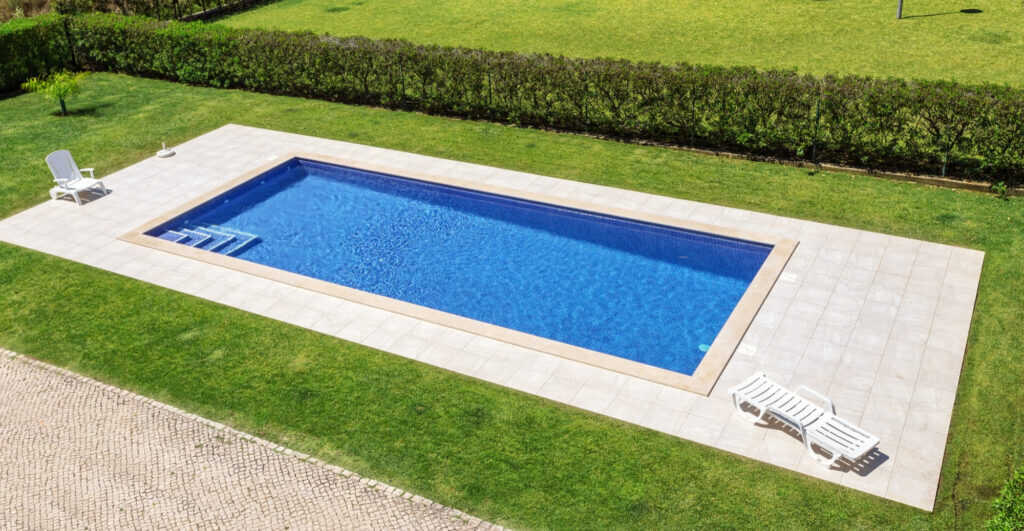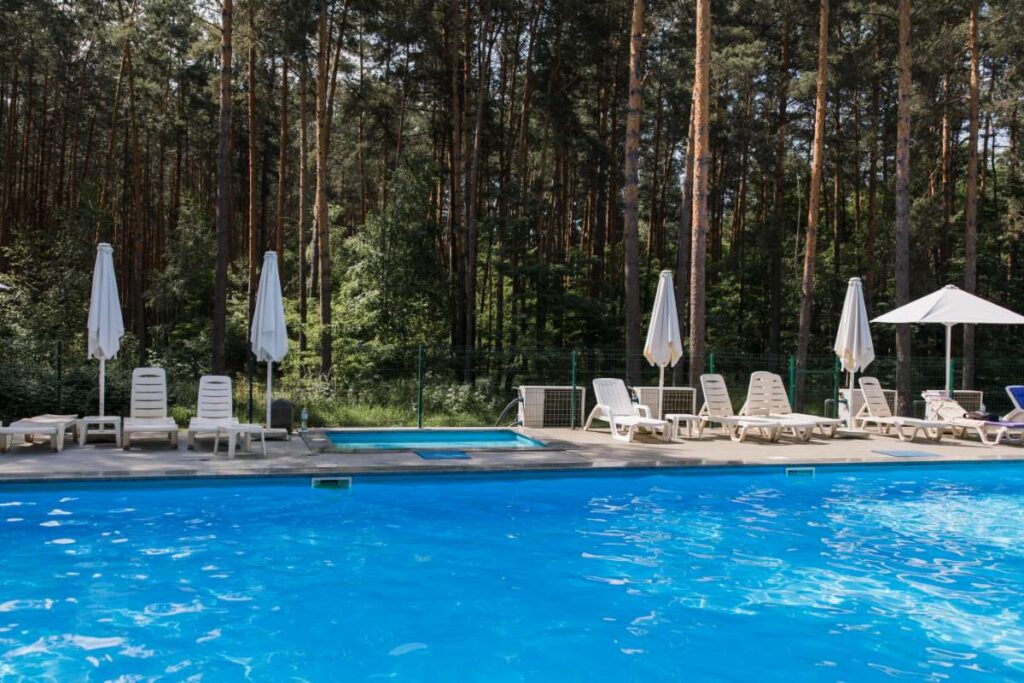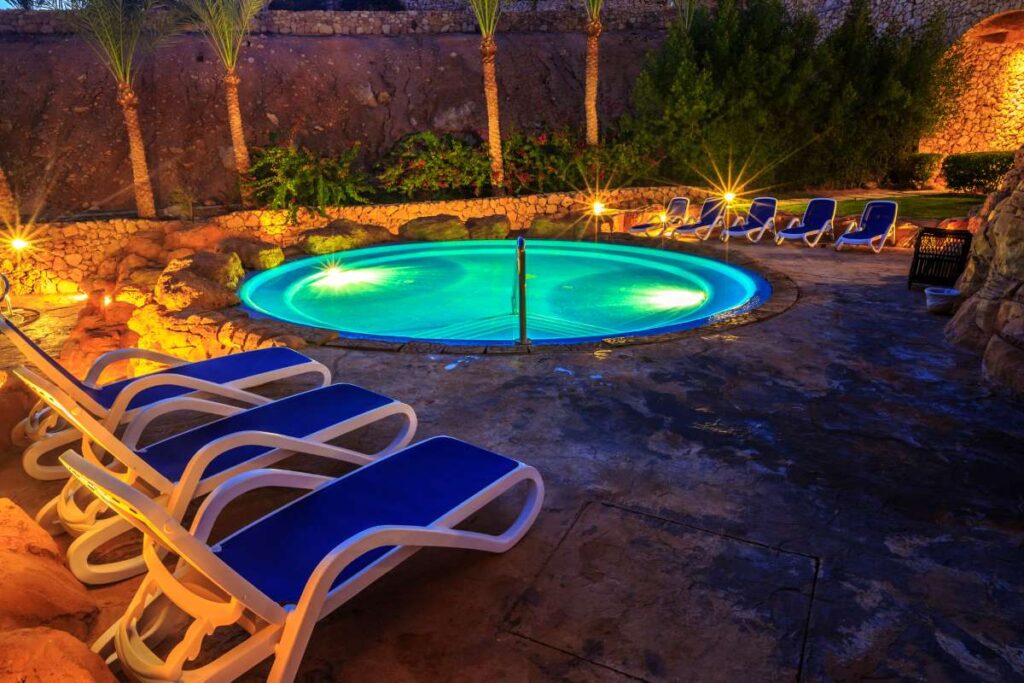Seasonal Shifts: Adjusting to Nevada’s Winter Pool Maintenance Needs
Discover essential tips for winter pool maintenance specific to Nevada’s climate, ensuring your pool remains in top condition all season long.
As the temperatures drop and the holiday season approaches, pool owners across Nevada face the critical task of winterizing their pools. Unlike the tropical climates of Florida or the mildness of Southern California, Nevada’s unique seasonal shifts bring specific challenges to pool maintenance. This blog post delves into the essential strategies for maintaining your pool during the winter months in Nevada, including preparation, equipment care, and ongoing maintenance practices. We’ll explore why winterizing your pool is crucial, what steps you should take to protect your investment, and how to ensure your pool is ready for use as soon as the weather warms up again.
The Importance of Winterizing Your Pool
– Winterizing your pool is not just a good idea; it’s a necessary practice for Nevada pool owners. The transition from autumn to winter sees temperature fluctuations that can affect your pool’s water quality and equipment.- During the colder months, the risk of algae growth increases if the water is not adequately treated and filtered. Algae thrives in still water, making it crucial to prevent growth before it starts.- Additionally, freezing temperatures can lead to potential damage to pool equipment, plumbing lines, and surfaces. Investing time in winterizing can save you significant repair costs in the spring.For example, a well-maintained pool can cost around $150 to maintain monthly in Nevada, whereas neglecting maintenance can lead to costly repairs that might exceed $1,000. By understanding the importance of winterizing your pool, you can make informed decisions that extend the life of your investment.
Essential Steps for Winter Pool Preparation
Preparing your pool for the winter season involves several critical steps:1. Clean the Pool Thoroughly: – Remove all debris, including leaves, dirt, and insects, to prevent it from sinking and causing stains or algae growth. – Brush the walls and floor to loosen any dirt or algae buildup.2. Balance the Water Chemistry: – Test the pool water to ensure proper pH levels (7.2–7.8), alkalinity (80–120 ppm), and calcium hardness (200–400 ppm). Adjust as necessary. – A balanced pool prevents corrosion or scaling, protecting your pool surfaces and equipment.3. Lower the Water Level: – Reduce the water level below the skimmer to prevent freezing and potential damage to the skimmer and plumbing lines.4. Add Winterizing Chemicals: – Use a winterizing chemical kit that includes algaecide, clarifier, and a non-chlorine shock treatment to help keep the pool water clear.5. Cover the Pool: – Invest in a high-quality pool cover to keep debris out and reduce water evaporation. A well-fitted cover can significantly reduce maintenance needs during winter.6. Inspect and Secure Equipment: – Check that all equipment, including pumps and filters, is functioning correctly. Remove and store any equipment that may suffer from freezing, such as ladders and skimmers.By following these winter preparation steps, you can ensure your pool stays in optimal condition throughout the colder months. Remember, preventative measures are often more cost-effective than reactive repairs.
Winter Maintenance Tips for Nevada Pool Owners
Even after winterizing your pool, ongoing maintenance is vital. Here are some tips to keep in mind during the winter months:- Regularly Check Water Levels: – Depending on rainfall and evaporation rates, you may need to adjust your water level throughout winter. Aim to maintain the level below the skimmer.- Monitor the Pool Cover: – Ensure the cover remains secure and free from debris. Remove any snow accumulation to prevent damage to the cover or water issues beneath it.- Use a Pool Skimmer: – If you don’t have a cover or if it’s uncovered, use a skimmer to remove any debris regularly. This simple task can prevent the buildup of organic materials that lead to algae growth.- Keep an Eye on Water Chemistry: – Even in winter, regular testing of the water chemistry is essential. Adjust the pH and alkalinity as needed, especially if you notice any water quality issues.By incorporating these winter maintenance tips, you can minimize problems and ensure your pool is in great shape for the spring. Consistent vigilance can save you from significant headaches when it’s time to reopen your pool.
Understanding the Nevada Climate and Its Impact on Pool Maintenance
Nevada’s unique climate poses specific challenges for pool maintenance during the winter months. The state experiences a semi-arid climate, characterized by:- Cold Winters: Temperatures can drop significantly, often reaching below freezing at night. This necessitates extra precautions to protect pool equipment and plumbing.- Low Humidity: Unlike more humid states, Nevada’s dry air can lead to faster evaporation, meaning you may need to monitor and adjust your water levels frequently.- Seasonal Winds: The state often experiences strong winds, which can blow debris into your pool, necessitating more frequent cleaning.Understanding these climatic conditions can help you tailor your winter pool maintenance practices effectively. For instance, investing in a durable, wind-resistant pool cover can combat issues stemming from high winds.
Potential Problems and Solutions During Winter Pool Maintenance
Despite best efforts, Nevada pool owners may encounter some common issues during winter maintenance. Here are potential problems and their solutions:- Algae Growth: – Problem: Algae can still bloom if the pool is not adequately treated during winter. – Solution: Use a high-quality winter algaecide and ensure the pool’s chemical levels are adequately maintained.- Equipment Damage: – Problem: Pipes and filters may freeze and crack if not adequately winterized. – Solution: Always drain water from pumps, filters, and heaters, and consider using antifreeze specifically designed for pools.- Cover Damage: – Problem: Weighed down covers can tear or sag, allowing debris to enter the pool. – Solution: Regularly check and maintain the cover, using aqua blocks or similar items to secure it against the wind.By anticipating these potential issues, you can take proactive measures to mitigate risks and protect your investment. Regular monitoring and early intervention are key to maintaining a healthy pool environment.
Expert Advice for Nevada Pool Owners
Seeking expert advice can enhance your winter pool maintenance experience significantly. Here are a few resources and tips from professionals:- Connect with Experts: Consider consulting with local pool maintenance professionals for tailored advice specific to Nevada’s climate.- Utilize Online Resources: Websites like
Superior Pool Routes offer training and support for pool maintenance, including seasonal tips and troubleshooting guides.- Join Local Pool Owner Communities: Engage with fellow pool owners in Nevada through forums or social media groups to share experiences and gain insights.By leveraging expert knowledge and local experiences, you can enhance your pool maintenance practices and connect with others who share your interests.
Final Thoughts
Winterizing and maintaining your pool in Nevada requires a proactive approach tailored to the state’s unique climate challenges. By following the steps outlined in this blog post, you can protect your pool investment and ensure it remains in excellent condition throughout the colder months. Remember, effective winter maintenance not only preserves your pool but also prepares it for a smooth reopening in the spring.If you’re looking to dive deeper into pool ownership or maintenance, consider exploring
pool routes for sale in Nevada through
Superior Pool Routes. Their extensive support and training can help you start or expand your pool maintenance business effectively. Don’t wait—ensure your pool is ready to shine when the warm weather returns!



